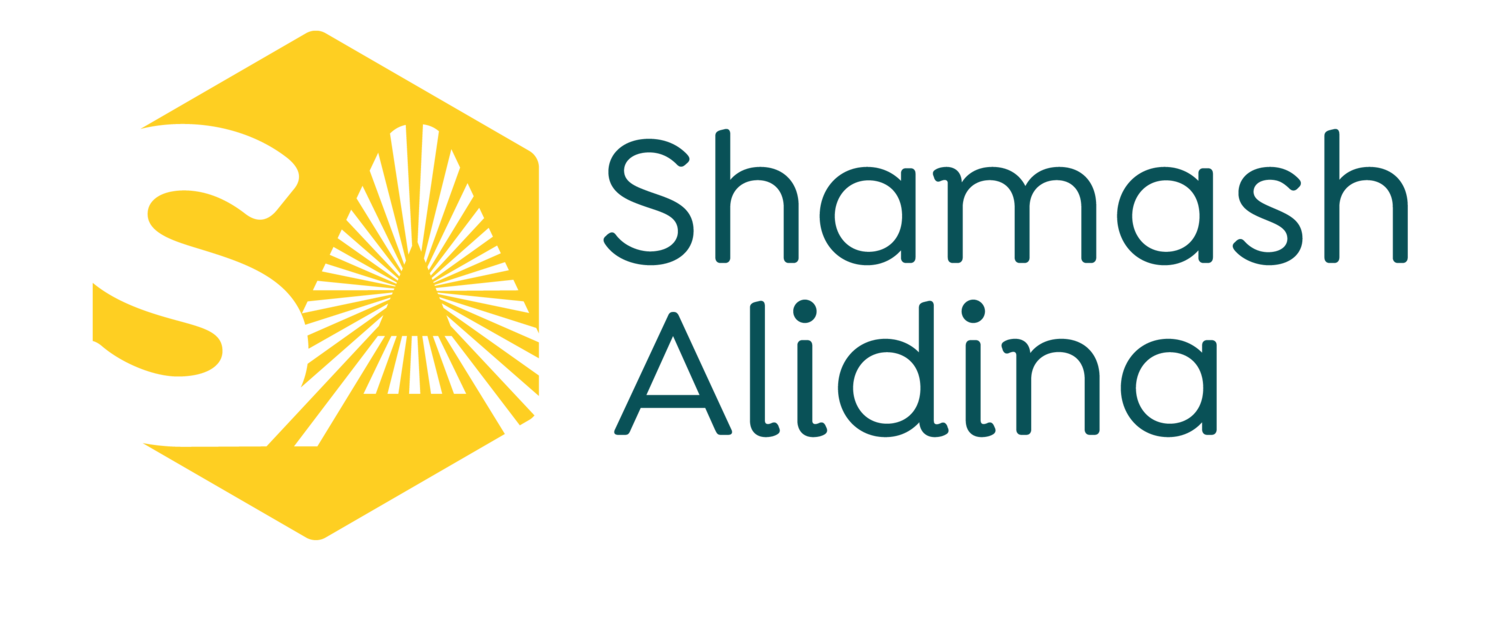Box Breathing vs 4-7-8 Breathing
/breathing under water
I watched a fascinating TEDx talk the other day.
The speaker was talking about treatment for war veterans suffering from extreme forms of PTSD (post-traumatic stress disorder).
In such cases, therapists had limited success with talking therapies and drugs.
So, they tried something different. Breathing exercises.
Researchers found that deep breathing was more effective than the other treatments according to Emma Seppälä, PhD.
Is the breath really that important?
You can survive for a day without water, and many days without food. But you can’t live for more than a few minutes without breathing.
If you’re in any doubt at all about how important your breath is, trying holding your breath for just a minute!
Suddenly you’ll become very interesting in your breathing.
Breath and your brain
Did you know 20% of all your oxygen intake is used by your brain? Your brain requires LOTS of oxygen to function well.
So what happens if you habitually breathe in a shallow way? Your body and brain won’t function as well.
The good news is, you can fix this pretty easily, without taking too much time.
Before you learn about how to breathe deeply, let’s discover something even more interesting, that many of you may not know.
Breathing Emotions Into Existence
First of all, have you noticed that your emotions impact your breathing pattern?
This is pretty obvious. When you’re calm, your breathing is slow and deep. When you’re anxious, your breath is shallow and rapid.
After observing this, someone did a fascinating experiment.
First of all, they identified the type of breathing patterns associated with different emotions. They discovered there are distinct patterns for each human emotion.
Then they did something very interesting.
They took a group of people, and asked them to breathe in a certain pattern. Without telling them the emotion each breathing pattern is linked to.
The researchers found the participants began to feel the way their breathing pattern reflected!
So for example, if they started to breathe in a rapid and shallow way, they began to feel anxious.
This is a beautiful finding. This means you can use a certain breathing pattern to help you feel more calm.
When mindfulness doesn’t work
Although many teachers say that there’s no goal in mindfulness or meditation, I know many of you practice to help reduce your stress and anxiety.
But what about when you’re feeling really stressed and anxious, and your efforts to practice mindfulness just don’t work?
Your mind keeps wandering. Or you don’t even have the motivation or clarity of mind to actually stop and practice mindfulness?
In this case, I highly recommend a breathing exercise, like the ones I share below.
General Tip: Breathe deep, down into your belly
With all these breathing exercises, try and breathe using your diaphragm muscle, which is at the base of your lungs. When you breathe in this way, your belly expands on the inbreath and contracts on the outbreath.
With belly breathing, your chest doesn’t tend to rise - just your belly. In this way, you’re breathing down into the base of your lungs, and it encourages the relaxation response rather than the stress response.
Breathing Techniques
1. Box breathing used by Navy Seals
This is a very interesting and also quite simple breathing technique.
Imagine a box. The four sides represent the four parts of box breathing.
You breathe in for a count of 4.
You hold your breath for a count of 4.
You exhale for a count of 4.
And you hold for a count of 4.
This strategy of box breathing is taught to the Navy Seals to help them manage the extremely stressful life threatening situations they find themselves in.
It’s a great strategy for you to manage your daily stressors too. And it’s nice to know it’s so powerful, the technique works in the most life-threatening of situations.
The great thing about box breathing is you can do it almost anywhere. On the bus or train, waiting in a queue at the supermarket or bank, or even when on hold on the phone.
The benefits of this exercise is it neither excessively relaxes you, nor excites you. Because the inbreath and outbreath are equal, the technique balances your nervous system - brilliant if you're out and about and want to just settle and focus your body and mind.
2. Deeply Relaxing Breathing: 4-7-8
This is a slightly more advanced form of deep breathing.
In this technique:
You breathe in for a count of 4.
You hold your breath for a count of 7.
And you breathe out for a count of 8.
If you struggle to hold your breath for that long or to breathe out for that long, no worries. Just do as much as you can. Find a rhythm that's right for you. Listen to your body.
This technique works because your inbreath increases your heartbeat and your outbreath slows your heartbeat. By increasing how long you breathe out, you automatically start to relax.
So a simpler version of this exercise would be to breathe in for a count of 2, and slowly breathe out for a count of 4.
And as with all these breathing exercises, if you feel dizzy, just stop for a while and breathe normally until you don’t feel dizzy. Then you can restart again if that feels okay to you. It’s common to feel a bit dizzy at first - it’s probably happening because you’re not used to so much oxygen entering your system and so much carbon dioxide leaving your system.
Summary
You’re can achieve deep states of relaxation in the most stressful situations through deep breathing.
This is because your breath is physiologically linked to your stress and relaxation response.
These breathing techniques are so powerful, they have been found to powerfully reduce the symptoms of war veterans suffering from nightmares and flashbacks due to a condition they have called post-traumatic stress disorder.



